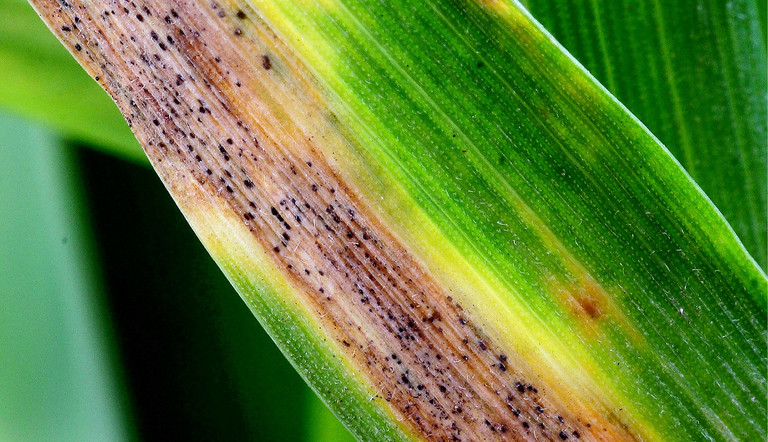
FOLPET: the ideal T0 fungicide

The recent wet weather (the windowpanes are rattling to the sound of heavy rainfall as I type) will further exacerbate the threat of septoria at T0 as rainfall provides the perfect conditions for septoria spores to spread between leaves via rain-splash translocation.
Standalone or in partnership?
The multi-site fungicide, folpet, is the ideal option for T0 treatments as it can be used either as a standalone product to provide early season protection against septoria, or in partnership with other modes of action where additional disease threats are present:
- In situations where septoria is the main disease driver for a T0 application, a standalone application of ARIZONA (500g/l folpet) should be prioritised
- In circumstances where there is an additional threat of rust, ARIZONA should be used in conjunction with a strobilurin.
- If active rust is present in the crop, ARIZONA should be used alongside an appropriate azole to provide the best levels of control.
Added benefits
As well as providing effective protection against septoria, folpet also offers the added benefits of:
- Folpet doesn’t interfere with the curative kickback activity of partner products
- Folpet can protect partner products against the development of disease resistance
- Maintains green leaf area and delivers yield benefits for a viable return on investment
The flexible option
Because ARIZONA boasts a flexible label which enables it to be applied at a maximum total dose of 3.0 l/ha per crop, applying 1.0 l/ha at T0 will enable an additional 2.0 l/ha to be applied later in the season (for example 1.0l/ha at T1 and/or T2) thereby ensuring crops stay protected for longer.
This flexibility enables growers to tailor their crop protection plans according to the current level of disease pressure and in accordance with the disease resistance rating of the variety they’re growing.
-
 Luke Cotton, an independent agronomist from Cotton Farm Consultancy Ltd shares use recommendations in winter wheat and spring barley
Luke Cotton, an independent agronomist from Cotton Farm Consultancy Ltd shares use recommendations in winter wheat and spring barley -
 We catch up with Ben Burrows, independent agronomist at Crop Management Partners to hear about his experience with ARIZONA last spring.
We catch up with Ben Burrows, independent agronomist at Crop Management Partners to hear about his experience with ARIZONA last spring.

